Dark Souls Remastered: how much of an upgrade is it?
Digital Foundry goes hands-on with the PS4 Pro version.
Of all the remasters coming out this generation, Dark Souls might be the most hotly anticipated. It's a chance to revisit one of the most beloved of games from the last console generation, using today's technology to improve visuals tremendously and to iron out the game's notorious performance issues. We've already had an early taster of the Switch port - based on trailer footage, at least - and initial impressions were of a conservative conversion for Nintendo's console hybrid. Now we've had the chance to play a preview build on PS4 Pro, and clearly there's a lot more to it visually.
As you might expect, Sony's super-charged console features 4K display support. We can confirm that with 4K output select, the current build of the game delivers a native 3200x1800 resolution. It's not the true 4K some may have wished for, but the pixel density is high enough that it delivers a sharp, beautiful image, even if there is upscaling involved on the final resolve to an Ultra HD screen. More surprising is how well the world design holds up at such a high resolution, seven years on from the game's initial launch. The Pro version of the remaster delivers a 7.8x increase in pixel-count over the 1024x720 of the original PS3 and Xbox 360 versions.
We'll have to see what the other consoles are doing nearer release. Especially, we're curious about the Xbox One X code, where the extra GPU horsepower could feasibly translate to a native 3840x2160 - a full 4K output. For now, the fact is Dark Souls has no trouble hitting 1800p on Pro, and better yet - doing it at with 60 frames per second as the target. Also good news is that game-level super-sampling is implemented, so 1080p screen users get extra anti-aliasing thrown into the mix - an advantage over a base PS4's native res, understood to be 1920x1080.
Putting resolution and frame-rate aside, to what extent do we actually see any remastering work? It's clear that actual upgrades to art quality aren't guaranteed: some textures stay exactly the same, while other materials are touched on and tweaked. A good bulk of the assets we're seeing in the early Asylum for example, are a direct copy from that Xbox 360 original, but sharper grass textures and added grass sprite work are apparent at the Firelink shrine. Compared to last-gen's blurrier assets, PS4 Pro is definitely getting a boost in this case, to justify its 4K support. Still, it's clear that improvements are sadly not universal, though bosted texture filtering in itself helps get more from the original art.
That's not to say that From Software hasn't made some substantial changes too. While materials are often similar to the original, Dark Souls' lighting model receives a big overhaul. The net result is that despite some re-usage of textures, the remaster can look very different thanks to the way that specular mapping - on stone-work for example - interacts with oncoming light. The good news is that the remaster logically factors in the light path from bonfires, making it more perspective correct. The same goes for the doorway fog before a boss, or even the ethereal glow that emanates around your own character. The results are wildly different to the original at times - in some cases it's more appealing, and in others, PS4 Pro appears flat compared to the original Xbox 360.
Long time Souls fans will also notice a big change in effects too. From the first Asylum Demon boss, you can see 2D alpha transparencies are swapped for a crisper effect on PS4 Pro. There's a richer, billowing effect as the dust spirals upward now, rather than the flat low resolution texture used on Xbox 360. It goes for every enemy seen slamming into the ground so far; including the Taurus Demon and the early sighting of the red wyvern. To go with that there's even an upgrade to the more frequent souls sphere effect, bringing it in line with Dark Souls 3. It's brighter, crisper, and again it makes sense From Software tarets such a common visual point for an upgrade. There are small tweaks and upgrades everywhere, including a revised take on volumetrics too, especially noticeable on doorway fog - a technique that tanked performance on last-gen systems.
All told, the remaster stacks up a multitude of small enhancements that creates a different overall picture - but the core logic stays in place, and therefore much of what you loved in the original game stays intact. Every turn, enemy placement, and even the target reticle, HUD and menus remain the same - though item images and text are rendered at a higher res. Perhaps the most significant of the visual changes is in the revised lighting. It's not only better-looking but it's also not so much of a drain on performance in what we've seen of the remaster so far.


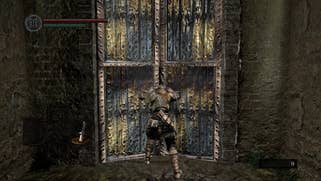
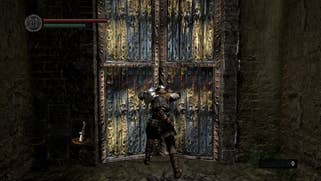
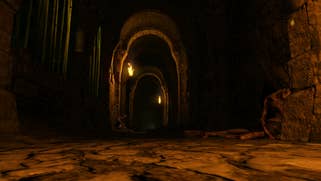
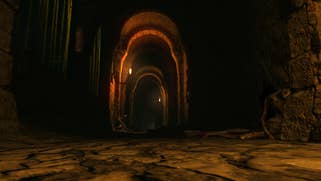
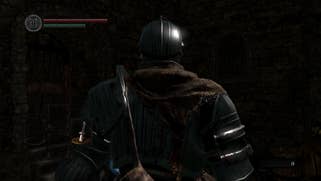
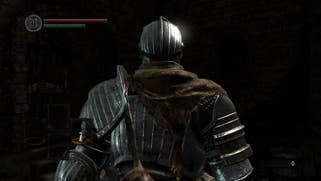

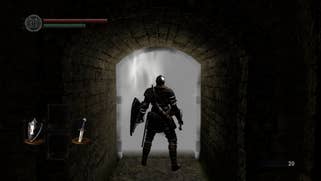

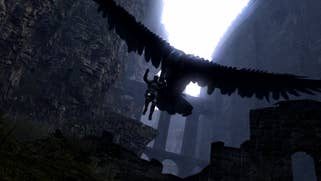
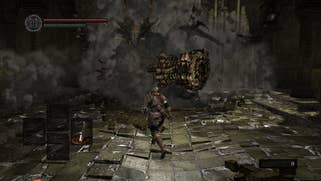



Similar to Dark Souls 2: Scholar of the First Sin, you can now play more or less locked at 60 frames per second, meaning we're looking at a vast improvement over the sub-30fps performance of the original release. In fairness, the opening sections of the game we had access to in the preview session don't show the engine under full load - and a peak into areas like Blight Town was off-limits during the event. Even so, PS4 Pro barely misses a beat at 60fps. Whether that's the Asylum demon smashing nearby urns and pillars, or the heavy fur shader effect of the Taurus demon, all the points that dropped to 20fps and under on last-gen systems now run at a smooth 60fps on PS4 Pro.
This sidesteps another big issue in the Souls series. Often when From Software's titles are capped at 30fps, there's the problem of uneven frame-pacing. It meant even if the frame-rate hit that 30fps target, the frame-rate still felt erratic. By running at a full 60fps, Dark Souls Remaster has no troubles with this whatsoever on PS4 Pro - it all feels wonderfully fluid. Only on PC with the DSFix mod have we been able to hit this mark before now, so it feels like a real breakthrough to have it there by default on console. However, in this preview build, it's not a 100 per cent lock to the display refresh: occasional streaming hitches are present right now, and there are also rare performance dips to the mid-50s. Places like Blight Town will be the real litmus test.
As a preview of what's to come, Dark Souls Remastered is shaping up nicely. As long as you're not expecting a remake-style project, akin to Shadow of the Colossus, this is falling in line with expectations. The graphical tweaks may be small, but they are numerous - to a point that it does add up. Bundled with that push to 1800p and 60fps on PS4 Pro, there's no better tipping point if you're looking for an excuse to play the first game. Indeed, in putting this piece together, we were reminded of how low the frame-rate could get on the Xbox 360 version back in the day - down to the single digits at points. On the grounds of it targeting 60fps alone, this really does feel like the definitive version - though we'll see how the whole game stacks up on release on May 25th.










